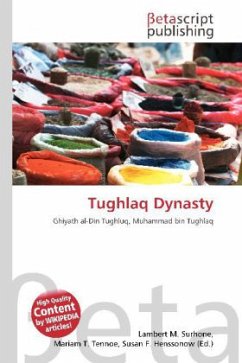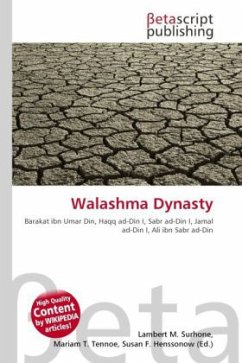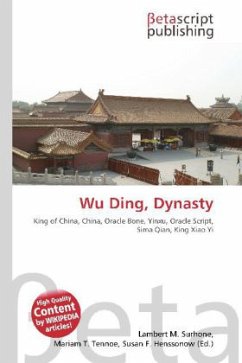Please note that the content of this book primarily consists of articles available from Wikipedia or other free sources online. The Samma Dynasty ruled in Sindh and parts of Punjab and Balochistan from 1335-1520 A.D., with their capital at Thatta in modern Pakistan before being replaced by the Arghun Dynasty. The Samma dynasty has left its mark in Sindh with magnificent structures including the necropolis of kings and royalties in Thatta and many more ruins. The Sindh is a fertile valley with a sub-tropical climate watered by the Indus river, the location of some of the oldest civilizations in the world, with settlements dating back to 7000 BCE. Always a prize possession, it has been controlled by many different empires, alternating with periods of independence. Before the Samma dynasty took control, the Sindh was ruled by the Sumra Dynasty, first as nominal vassals of the Fatimid Caliphate of Cairo, later as vassals of the Delhi Sultanate, which reached its greatest extent underMuhammad bin Tughluq (c.1300 1351), but began to break up towards the end of his reign.
Bitte wählen Sie Ihr Anliegen aus.
Rechnungen
Retourenschein anfordern
Bestellstatus
Storno








